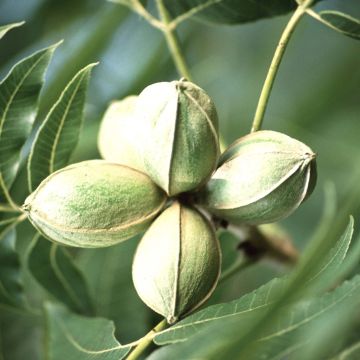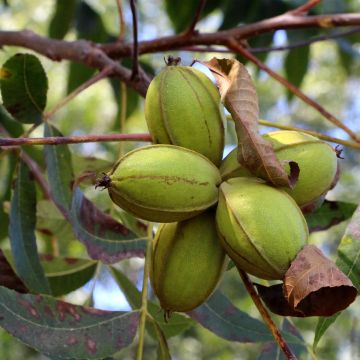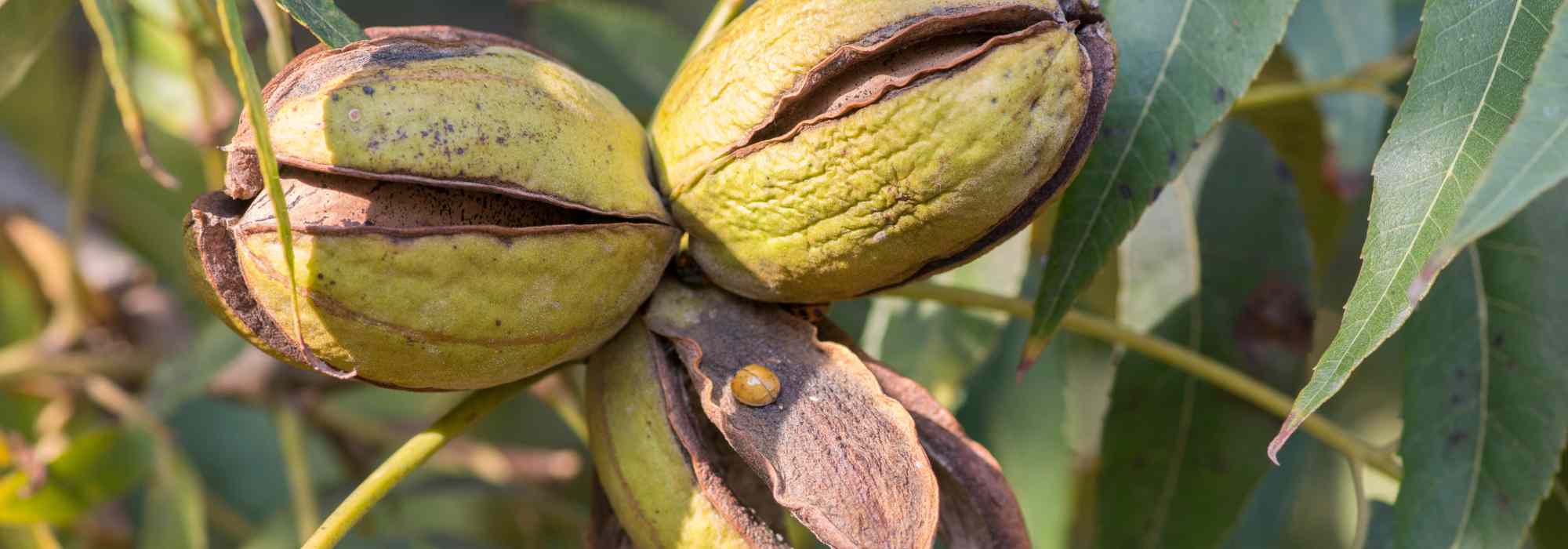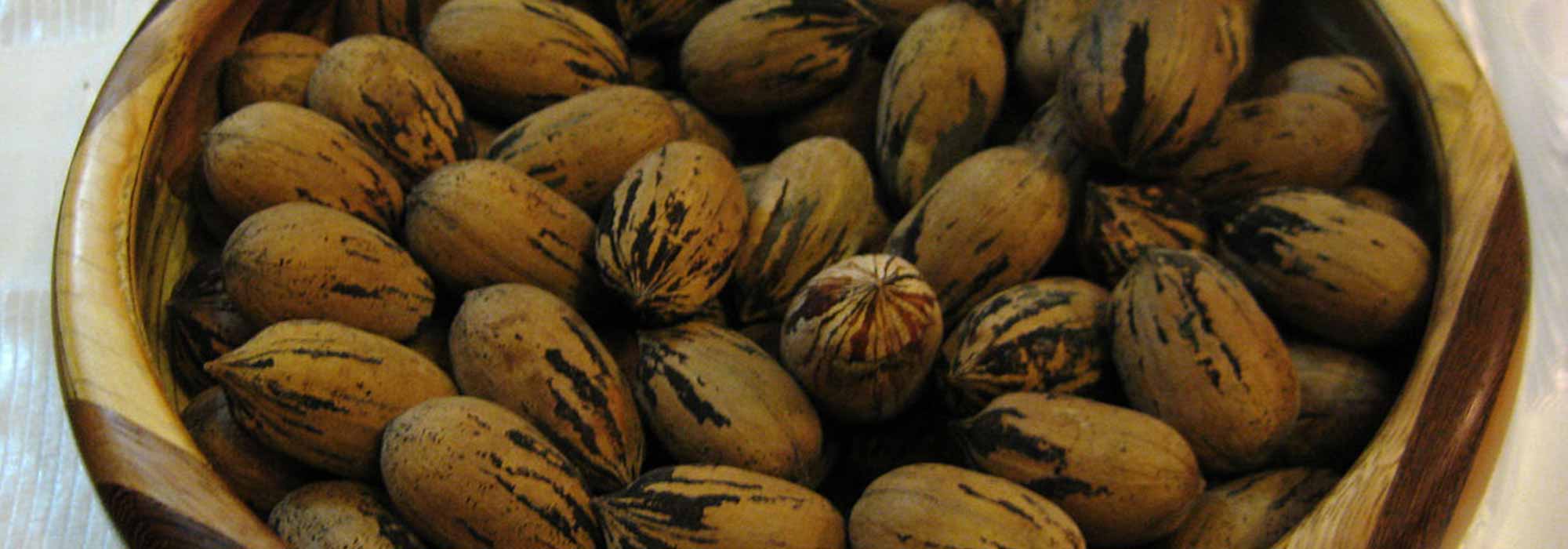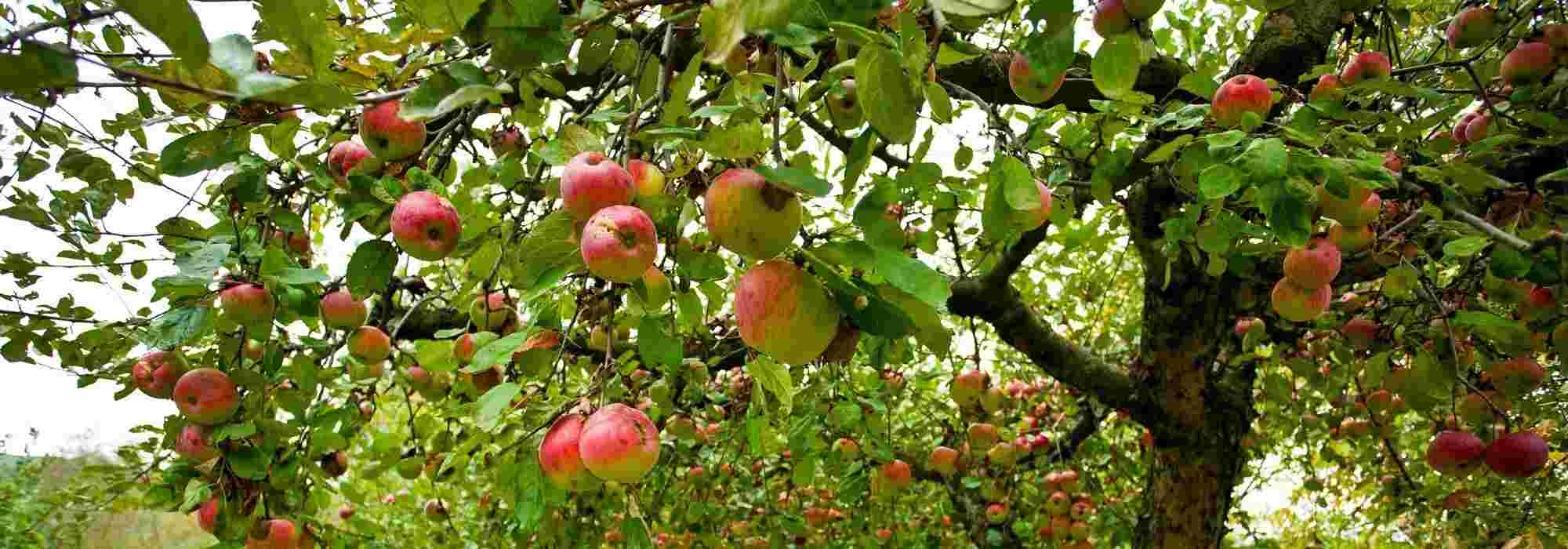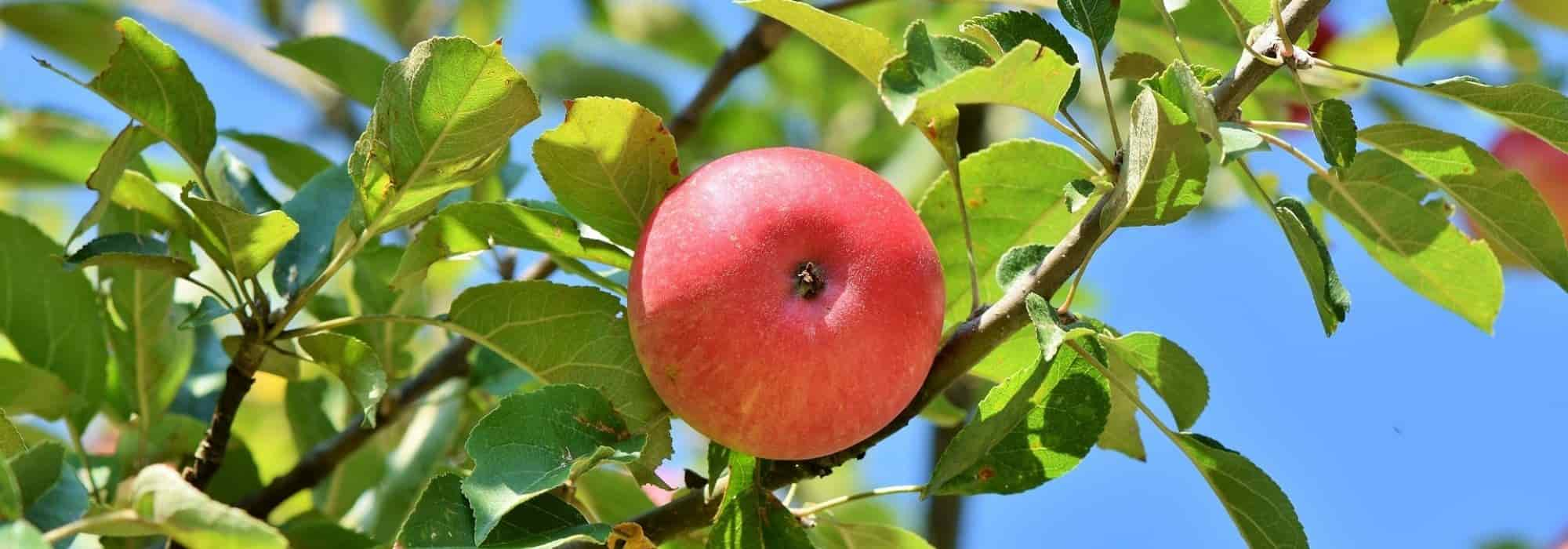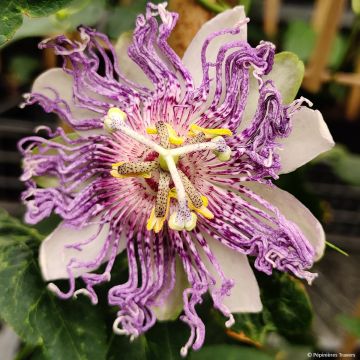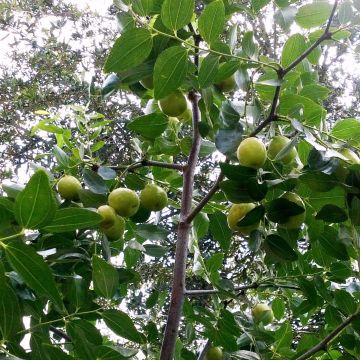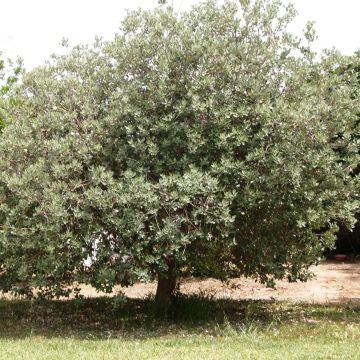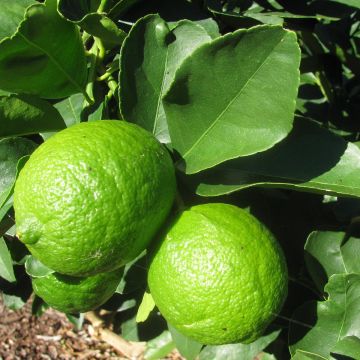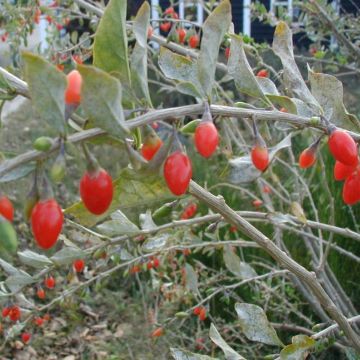

Carya illinoinensis Choctaw - Pecan Tree


Carya illinoinensis Choctaw - Pecan Tree


Carya illinoinensis Choctaw - Pecan Tree


Carya illinoinensis Choctaw - Pecan Tree
Carya illinoinensis Choctaw - Pecan Tree
Carya illinoinensis Choctaw
Pecan, Pecan Hickory, Illinois Nut
Special offer!
Receive a €20 voucher for any order over €90 (excluding delivery costs, credit notes, and plastic-free options)!
1- Add your favorite plants to your cart.
2- Once you have reached €90, confirm your order (you can even choose the delivery date!).
3- As soon as your order is shipped, you will receive an email containing your voucher code, valid for 3 months (90 days).
Your voucher is unique and can only be used once, for any order with a minimum value of €20, excluding delivery costs.
Can be combined with other current offers, non-divisible and non-refundable.
Why not try an alternative variety in stock?
View all →This plant carries a 6 months recovery warranty
More information
We guarantee the quality of our plants for a full growing cycle, and will replace at our expense any plant that fails to recover under normal climatic and planting conditions.
Description
The Carya illinoinensis Choctaw or Pecan tree is a hardy medium-sized tree, but it requires warm and long summers to bear fruit. That's why it is preferable to plant it in mild climates, even though it can withstand colder temperatures. This late variety produces large pecans in November. It reaches maturity relatively late compared to other varieties, producing after 5 to 7 years. It is best planted in spring, in neutral to slightly acidic and moist, even damp soil. This variety is partially self-fertile.
Native to North America, the Carya illinoinensis is a tall tree, with the typical species measuring from 20 to 40m (66 to 131ft) in height and 10m (33ft) or more in diameter. It belongs to the Juglandaceae family, like the Walnut tree. Its deciduous leaves are elongated and consist of 11 to 13 leaflets. Green in colour, they turn a beautiful golden hue in autumn. The pecan tree is hardy, tolerating cold winters down to -15°C, but it requires long and warm summers to bear fruit. Male flowers appear at the end of March, in the form of long yellow catkins. They are followed by the formation of young shoots and then inconspicuous female flowers. Although the male and female flowers are borne on the same tree, their flowering periods are different.
This 'Choctaw' variety, a Pecan tree in Group B, is partially self-fertile and can therefore self-pollinate. However, cross-pollination between two trees will promote fruiting. In this case, it is recommended to plant another tree from Group A (at a distance of 15 to 50m (49 to 164ft) from 'Choctaw'). The most recommended varieties are 'Desirable', 'Jackson', and 'Oconee'. The tree reaches a height of about 15m (49ft), or even 20m (66ft), with a width of 10 to 15m (33 to 49ft). This 'Choctaw' variety is highly resistant to diseases (scab) and produces large, delicious pecans when roasted. Fruiting is late and usually occurs in November. This variety only reaches maturity after 5 to 7 years, so patience is required before enjoying its fruit! The fruit of the Pecan tree is a drupe, with a fleshy green outer shell. This shell, called a husk, opens at maturity, releasing a shell containing the pecan nut. Harvesting takes place from late summer to autumn. The pecan nut, similar in taste to the walnut, has a smoother kernel. The shells can be stored for several months in a cool, dry place. Pecans can be consumed on their own or used in pastries.
This Pecan tree is best suited for larger gardens, especially if a second tree is added for cross-pollination. It thrives in cool conditions and requires regular watering, so an ample water supply is necessary, which is not always the case in hotter southern regions. It can be planted in an irrigated orchard consisting of fig trees, pomegranate trees, citrus trees, jujube trees, and other fruit-bearing species that thrive in warm climates.
Carya illinoinensis Choctaw - Pecan Tree in pictures
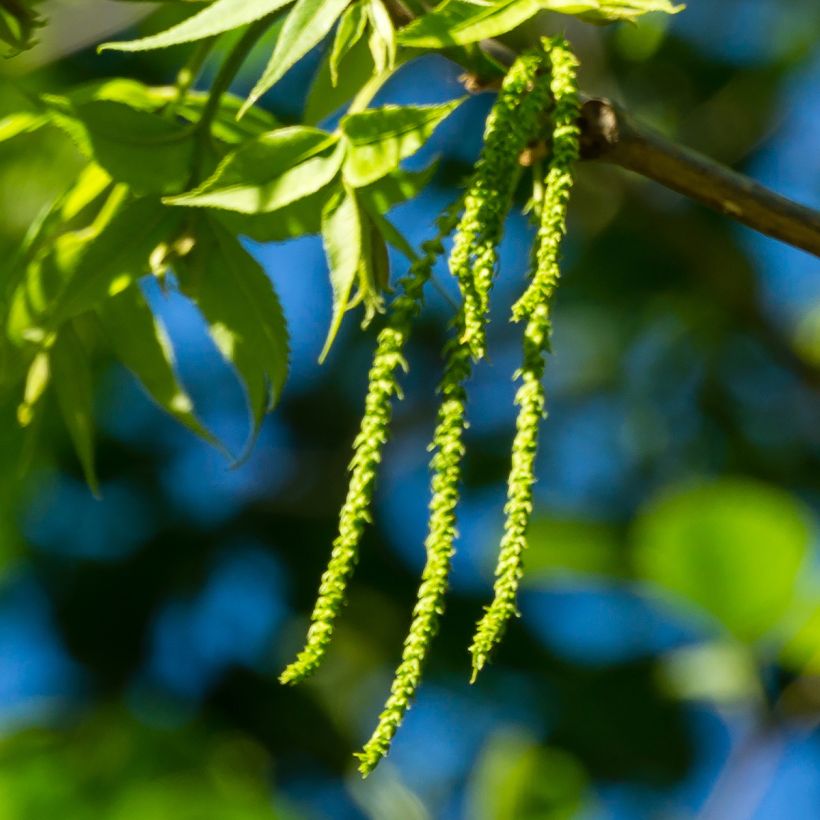



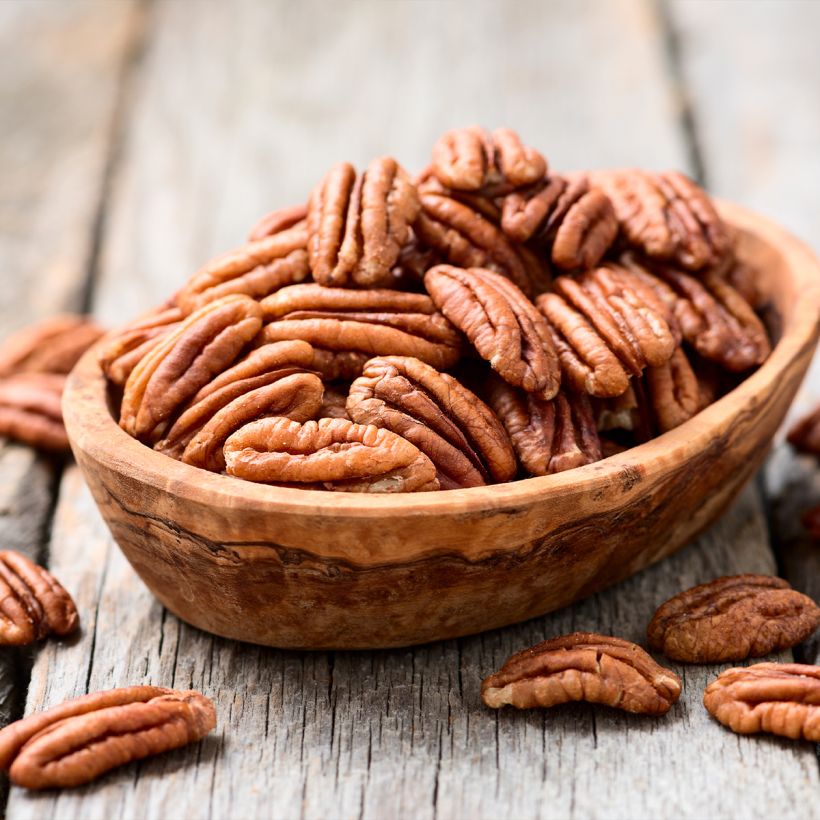

Plant habit
Fruit
Flowering
Foliage
Botanical data
Carya
illinoinensis
Choctaw
Juglandaceae
Pecan, Pecan Hickory, Illinois Nut
Cultivar or hybrid
Other Pecan trees
View all →Planting and care
The Carya illinoinensis thrives in rich, slightly moist and well-drained soils. The soil should be neutral or slightly acidic (pH 6 to 7.3), definitely not alkaline. Choose a very sunny location. Planting is preferably done in spring, ideally between March and May.
Dig a deep hole (1m (3ft) in all directions) as the Pecan tree will develop a long taproot and a strong root system. Add a mixture of garden soil and compost. Place the young plant inside very delicately, leaving the collar at ground level, cover with soil and tamp down well. Water generously at planting and regularly during dry weather and fruiting.
Apply organic fertiliser in spring. The Pecan tree does not require pruning.
Planting period
Intended location
Care
Planting & care advice
This item has not been reviewed yet - be the first to leave a review about it.
Similar products
Haven't found what you were looking for?
Hardiness is the lowest winter temperature a plant can endure without suffering serious damage or even dying. However, hardiness is affected by location (a sheltered area, such as a patio), protection (winter cover) and soil type (hardiness is improved by well-drained soil).

Photo Sharing Terms & Conditions
In order to encourage gardeners to interact and share their experiences, Promesse de fleurs offers various media enabling content to be uploaded onto its Site - in particular via the ‘Photo sharing’ module.
The User agrees to refrain from:
- Posting any content that is illegal, prejudicial, insulting, racist, inciteful to hatred, revisionist, contrary to public decency, that infringes on privacy or on the privacy rights of third parties, in particular the publicity rights of persons and goods, intellectual property rights, or the right to privacy.
- Submitting content on behalf of a third party;
- Impersonate the identity of a third party and/or publish any personal information about a third party;
In general, the User undertakes to refrain from any unethical behaviour.
All Content (in particular text, comments, files, images, photos, videos, creative works, etc.), which may be subject to property or intellectual property rights, image or other private rights, shall remain the property of the User, subject to the limited rights granted by the terms of the licence granted by Promesse de fleurs as stated below. Users are at liberty to publish or not to publish such Content on the Site, notably via the ‘Photo Sharing’ facility, and accept that this Content shall be made public and freely accessible, notably on the Internet.
Users further acknowledge, undertake to have ,and guarantee that they hold all necessary rights and permissions to publish such material on the Site, in particular with regard to the legislation in force pertaining to any privacy, property, intellectual property, image, or contractual rights, or rights of any other nature. By publishing such Content on the Site, Users acknowledge accepting full liability as publishers of the Content within the meaning of the law, and grant Promesse de fleurs, free of charge, an inclusive, worldwide licence for the said Content for the entire duration of its publication, including all reproduction, representation, up/downloading, displaying, performing, transmission, and storage rights.
Users also grant permission for their name to be linked to the Content and accept that this link may not always be made available.
By engaging in posting material, Users consent to their Content becoming automatically accessible on the Internet, in particular on other sites and/or blogs and/or web pages of the Promesse de fleurs site, including in particular social pages and the Promesse de fleurs catalogue.
Users may secure the removal of entrusted content free of charge by issuing a simple request via our contact form.
The flowering period indicated on our website applies to countries and regions located in USDA zone 8 (France, the United Kingdom, Ireland, the Netherlands, etc.)
It will vary according to where you live:
- In zones 9 to 10 (Italy, Spain, Greece, etc.), flowering will occur about 2 to 4 weeks earlier.
- In zones 6 to 7 (Germany, Poland, Slovenia, and lower mountainous regions), flowering will be delayed by 2 to 3 weeks.
- In zone 5 (Central Europe, Scandinavia), blooming will be delayed by 3 to 5 weeks.
In temperate climates, pruning of spring-flowering shrubs (forsythia, spireas, etc.) should be done just after flowering.
Pruning of summer-flowering shrubs (Indian Lilac, Perovskia, etc.) can be done in winter or spring.
In cold regions as well as with frost-sensitive plants, avoid pruning too early when severe frosts may still occur.
The planting period indicated on our website applies to countries and regions located in USDA zone 8 (France, United Kingdom, Ireland, Netherlands).
It will vary according to where you live:
- In Mediterranean zones (Marseille, Madrid, Milan, etc.), autumn and winter are the best planting periods.
- In continental zones (Strasbourg, Munich, Vienna, etc.), delay planting by 2 to 3 weeks in spring and bring it forward by 2 to 4 weeks in autumn.
- In mountainous regions (the Alps, Pyrenees, Carpathians, etc.), it is best to plant in late spring (May-June) or late summer (August-September).
The harvesting period indicated on our website applies to countries and regions in USDA zone 8 (France, England, Ireland, the Netherlands).
In colder areas (Scandinavia, Poland, Austria...) fruit and vegetable harvests are likely to be delayed by 3-4 weeks.
In warmer areas (Italy, Spain, Greece, etc.), harvesting will probably take place earlier, depending on weather conditions.
The sowing periods indicated on our website apply to countries and regions within USDA Zone 8 (France, UK, Ireland, Netherlands).
In colder areas (Scandinavia, Poland, Austria...), delay any outdoor sowing by 3-4 weeks, or sow under glass.
In warmer climes (Italy, Spain, Greece, etc.), bring outdoor sowing forward by a few weeks.






























